- 1 1. The Rise and Advantages of Bamboo Composite Decking
- 2 2. Comprehensive Guide to Bamboo Composite Decking: A Must-Read Checklist Before Buying
- 3 3. Installation and Maintenance: Ensuring Your Deck Lasts
- 4 4. Application Cases and Creative Inspiration
- 5 5. The Value of Investing in Bamboo Composite Decking
1. The Rise and Advantages of Bamboo Composite Decking
- Bamboo Composite Decking is defined as a mixture of bamboo fiber, recycled plastic, and additives.
- Why choose bamboo composite materials? Its environmental friendliness and durability.
2. Comprehensive Guide to Bamboo Composite Decking: A Must-Read Checklist Before Buying
Before delving into Bamboo Composite Decking, it's crucial to understand its composition. This material is typically made from a blend of bamboo fibers, recycled plastics, and additives, combining the natural beauty of wood with the durability of plastic. To ensure you make an informed decision, we have prepared a detailed buying guide.
1. Understanding the Types of Bamboo Composite Materials: Solid vs. Hollow
On the market, you will find two main types of Bamboo Composite Decking: solid and hollow. Each has its pros and cons, making them suitable for different applications.
| Feature | Solid Bamboo Composite Decking | Hollow Bamboo Composite Decking |
|---|---|---|
| Advantages | More stable, better impact resistance, and a feel closer to traditional wood. It is more suitable for high-traffic areas or those requiring greater load-bearing capacity. | Lighter in weight, making it easier to install and transport. It is also more cost-effective and provides good thermal and sound insulation. |
| Disadvantages | Higher cost and heavier, requiring a more robust foundation for installation. | Lower load-bearing capacity, not suitable for heavy furniture or high-intensity use. The hollow structure may be exposed when cut. |
| Recommended Use | Commercial spaces, large patios, and high-load platforms. | Home balconies, garden pathways, and low-traffic areas. |
2. Key Parameters for Judging Product Quality
When choosing Bamboo Composite Decking, don't just look at the price. Pay attention to the following key parameters, as they directly determine the product's performance and longevity.
- Bamboo Fiber Content: Bamboo fiber is the main source of the material's strength. High-quality bamboo composite materials usually have a higher proportion of bamboo fiber, which makes them sturdier and more durable.
- Density: The density of the material is an important indicator of its compactness and impact resistance. Boards with higher density are generally of better quality, have stronger compressive strength, and are less prone to deformation.
- Surface Treatment: The surface treatment technology directly affects the deck's slip resistance, fade resistance, and mildew resistance. High-quality Bamboo Composite Decking often uses co-extrusion technology, where a protective layer is wrapped around the core, making it more weather-resistant and easier to clean.
- UV Resistance: Outdoor decks are exposed to sunlight for long periods, so UV resistance is crucial. Good products include UV-resistant additives in their formula to effectively slow down color fading.
3. Purchasing Advice
- Know your needs: Before buying, consider the area where you will install the deck, the expected load-bearing capacity, and the frequency of use. This will help you decide whether to choose solid or hollow boards.
- Request samples: Before making a final decision, it's best to request small samples for comparison. By touching, observing, and performing simple tests, you can get a direct feel for the material's quality, color, and texture.
- Check the warranty terms: A good product usually comes with a long warranty period, which is not only a promise of quality but also a guarantee for future maintenance.
By carefully comparing these parameters and features during the purchasing process, you can ensure your investment in Bamboo Composite Decking is both beautiful and durable, providing you with long-lasting enjoyment of your outdoor space.
3. Installation and Maintenance: Ensuring Your Deck Lasts
1. Pre-installation Preparation
Before you begin installing your Bamboo Composite Decking, thorough preparation is key to a successful project.
- Foundation Check: Ensure the ground where you will install the deck is level, solid, and has good drainage. If installing on soil or grass, you must first prepare the foundation, such as by laying gravel or pouring concrete.
- Tool Preparation: Gather all necessary tools, including a saw, drill, tape measure, level, screwdriver, and pencil.
- Material Inspection: Before installation, inspect all Bamboo Composite Decking boards and accessories to ensure there are no damages or defects.
- Layout Planning: Plan the layout and direction of the deck in advance. Calculate the required amount of material and leave appropriate expansion gaps.
2. Detailed Installation Steps
While specific installation methods may vary depending on the product and site, the basic steps are generally as follows:
- Install the Joists: Secure the joists (wood or composite material) to the ground. The spacing between joists is typically 30-40 cm to ensure the deck's stability and load-bearing capacity.
- Fix the First Board: Place the first Bamboo Composite Decking board along the wall or a pre-set edge. Use specialized fasteners or screws to secure it to the joists.
- Install Subsequent Boards: Install the remaining boards one by one, using clips or fasteners to connect them to the joists and the previous board. Make sure to leave a 3-5 mm expansion gap between each board to accommodate thermal expansion and contraction.
- Cutting and Trimming: At the edges and corners of the deck, you may need to cut the boards to fit the shape. After cutting, use sandpaper or a dedicated tool to trim the edges, ensuring they are smooth.
3. Daily Cleaning and Maintenance Tips
The daily maintenance of Bamboo Composite Decking is very simple and focuses on the following aspects:
- Regular Cleaning: Regularly use a soft brush and mild soapy water to clean the deck surface, removing dust, dirt, and leaves. Avoid using high-pressure washers or harsh chemicals, which can damage the surface.
- Stain Removal: For stubborn stains like oil or red wine, you can try using a specialized deck cleaner and rinse it thoroughly with clean water.
- Mildew Prevention: Keep the deck dry and well-ventilated, avoiding long-term water accumulation. If you find mildew spots, you can treat them with a diluted bleach solution or a professional mildew remover.
- Avoid Scratches: When moving heavy furniture, use pads or protective covers to avoid dragging them directly, which can cause scratches on the deck surface.
4. Common Problems and Troubleshooting
- Fading: Over time, all outdoor materials may experience some degree of fading. If the fading is severe, you can consider using a specialized deck oil or protective coating for renewal.
- Deformation: If insufficient expansion gaps were left during installation or the joist spacing is too wide, the deck may deform. Proper installation and maintenance can effectively prevent this.
- Cracking: In rare cases, poor-quality Bamboo Composite Decking might crack. Choosing a reliable, high-quality product is key to preventing this issue.
By following these installation and maintenance guidelines, your Bamboo Composite Decking will remain beautiful and durable, providing you with long-lasting outdoor enjoyment.
4. Application Cases and Creative Inspiration
1. Diverse Application Scenarios
Bamboo Composite Decking is more than just a functional material; it's an excellent choice that can inspire creativity and enhance the aesthetics of any outdoor space. With its unique natural texture and superior weather resistance, it delivers outstanding results in a wide range of settings.
- Patios and Balconies: This is the most common application. Whether it's a mini balcony in a city apartment or a spacious patio at a villa, Bamboo Composite Decking can easily create a warm and comfortable leisure area. You can lay it across the entire floor or use it for partial decoration, paired with outdoor furniture and greenery, to create a relaxing “sky garden.”
- Poolside and Water Feature Platforms: Thanks to its excellent moisture and slip resistance, Bamboo Composite Decking is perfect for use around swimming pools. Not only does it provide a safe and comfortable barefoot experience, but its wood-like texture also adds a natural touch to the waterscape, avoiding the cold feel of traditional tiles.
- Garden Pathways and Landscape Platforms: In a garden, Bamboo Composite Decking can be used for winding pathways or resting platforms. It blends perfectly with the surrounding natural environment, complementing flowers and trees to create a rich, layered landscape. You can even use its malleability to create creative platforms in round or irregular shapes.
- Outdoor Restaurants and Commercial Spaces: Many outdoor restaurants, cafes, and hotels also choose Bamboo Composite Decking for their outdoor dining areas. Its durable and easy-to-clean properties make it well-suited for high-traffic areas, all while creating a high-end, natural atmosphere.
2. Creative Pairings and Design Inspiration
The charm of Bamboo Composite Decking lies in its versatility. It can be creatively combined with various elements to create a unique outdoor space.
| Creative Pairing Element | Effect and Inspiration |
|---|---|
| Modern Minimalism | Pair with simple white or gray furniture and geometric planters and lighting to create a clean, modern outdoor space. The natural texture of the Bamboo Composite Decking will add a touch of warmth to the minimalist style. |
| Natural and Rustic | Combine with wood or rattan furniture, lush greenery, and canvas or cotton soft furnishings to create a rustic, nature-inspired outdoor space. Bamboo Composite Decking is the perfect foundation for this style. |
| Industrial Style | Bamboo Composite Decking’s dark-colored board can be perfectly combined with industrial elements like metal, concrete, and brick walls. Paired with rugged iron furniture and exposed light bulbs, it creates a tough yet unique outdoor style. |
| Lighting Design | Install recessed strip lights under the deck or set up ground lights and wall lights around the area to create a dreamy atmosphere at night. Lighting not only enhances the deck’s safety but also highlights the texture of the Bamboo Composite Decking, making the outdoor space shine after dark. |
| Personalized Layouts | Try using Bamboo Composite Decking boards of different colors or directions to create unique patterns or zones. For example, use boards laid in different directions to delineate a dining area from a lounge area, giving the space a more layered feel. |
Through these cases and creative ideas, Bamboo Composite Decking is no longer just a board; it's a canvas for you to realize your outdoor living dreams.
5. The Value of Investing in Bamboo Composite Decking
After a thorough exploration of all aspects of Bamboo Composite Decking, we will now discuss why investing in this material is a wise and valuable decision. This is not just about laying a deck; it's about choosing a sustainable, durable, and beautiful lifestyle.
1. Summary of Long-Term Value: A Worthwhile Investment
Compared to traditional wood or other outdoor materials, Bamboo Composite Decking has significant long-term advantages, making it a highly cost-effective investment.
| Feature | Bamboo Composite Decking | Traditional Solid Wood Decking |
|---|---|---|
| Durability | Excellent resistance to corrosion, termites, and UV rays; less prone to cracking, warping, and fading. | Susceptible to moisture and insect damage; requires regular anti-corrosion treatments and painting. |
| Maintenance Cost | Simple daily maintenance, requiring only regular cleaning; no need for frequent sanding, painting, or anti-corrosion treatments. | Requires time-consuming and labor-intensive annual maintenance, including cleaning, sanding, and painting, resulting in high maintenance costs. |
2. Sustainable Development: A Forward-Thinking Choice
Ningguo Kuntai Bamboo and Wood Co., Ltd., located in Ningguo, Xuancheng City, Anhui Province, known as the "Bamboo Village," is an exemplary company that specializes in transforming this renewable natural resource into high-quality outdoor products. As mentioned in their company profile, they hold multiple certifications, including FSC, CE, SGS, and ISO, which not only attest to their product quality but also demonstrate their commitment to sustainable development. By utilizing bamboo, a fast-growing plant, Bamboo Composite Decking offers consumers an eco-friendly alternative that helps reduce the reliance on precious forest resources. Choosing this material means you are contributing to environmental protection and joining companies like Ningguo Kuntai Bamboo and Wood Co., Ltd. in promoting the development of sustainable building materials.
3. Future Outlook: The New Trend in Outdoor Living
As people's demand for high-quality outdoor living and environmental awareness grows, Bamboo Composite Decking is becoming a global trend. With its unique natural appearance, superior performance, and low maintenance costs, it meets the modern family's multiple needs for aesthetics, durability, and sustainability. Investing in Bamboo Composite Decking is not just about adding beauty to your home; it's about choosing a smarter, greener, and more enduring way of life.

 English
English Deutsch
Deutsch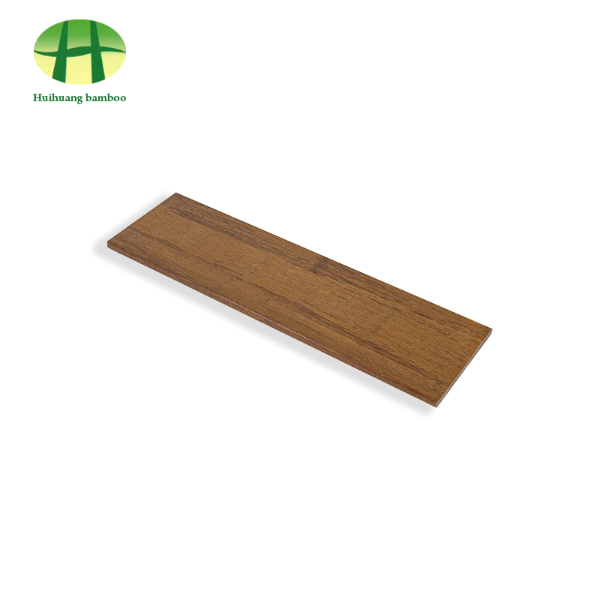
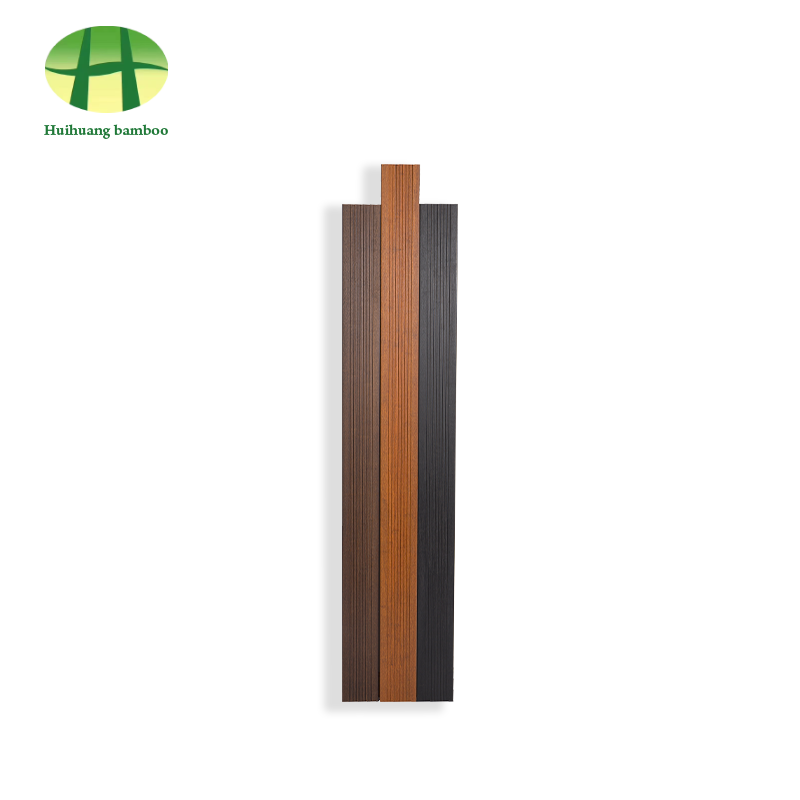
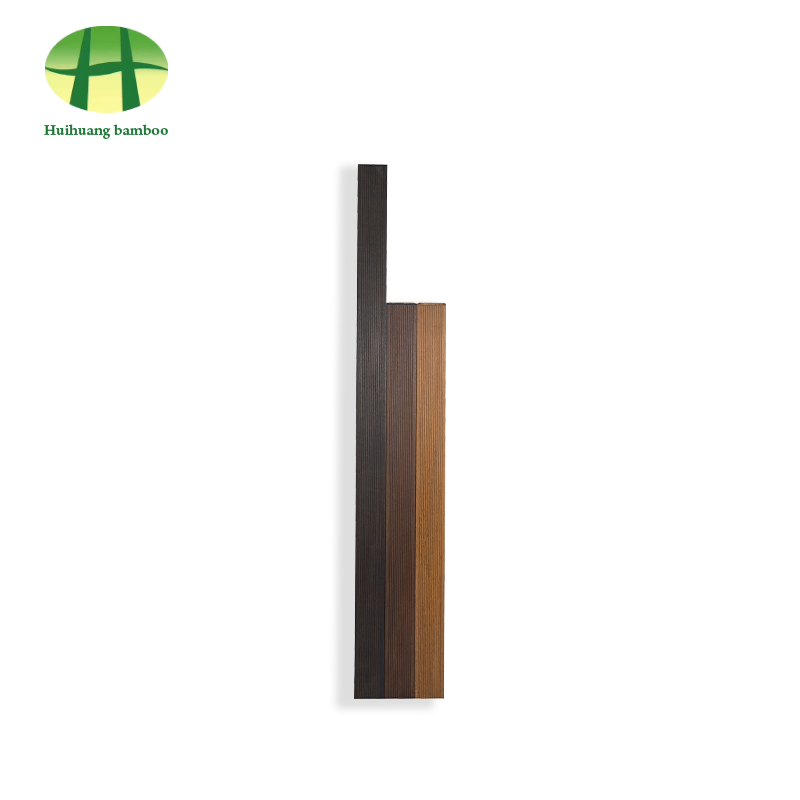
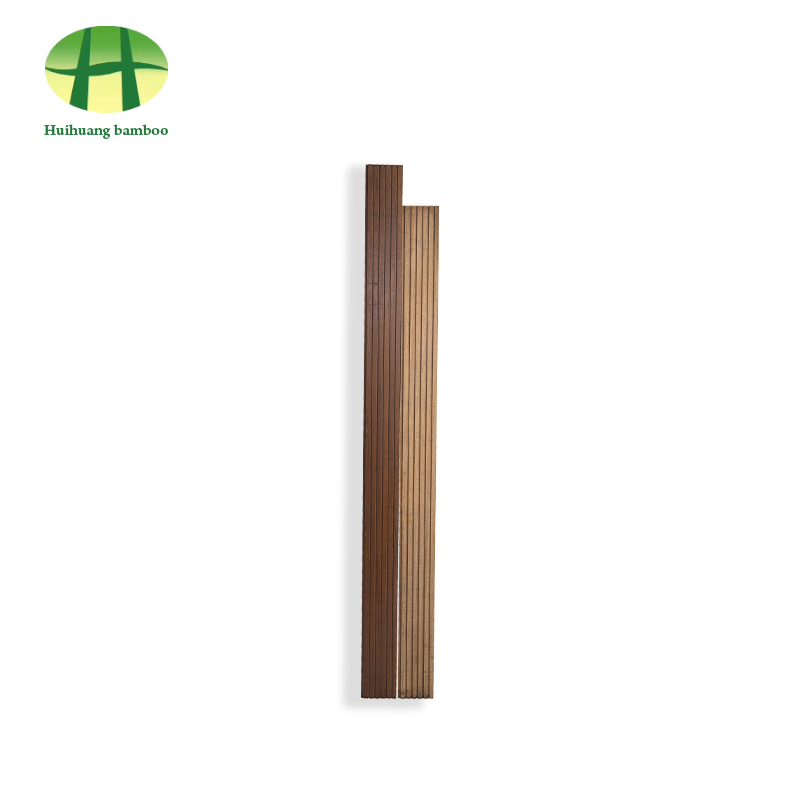
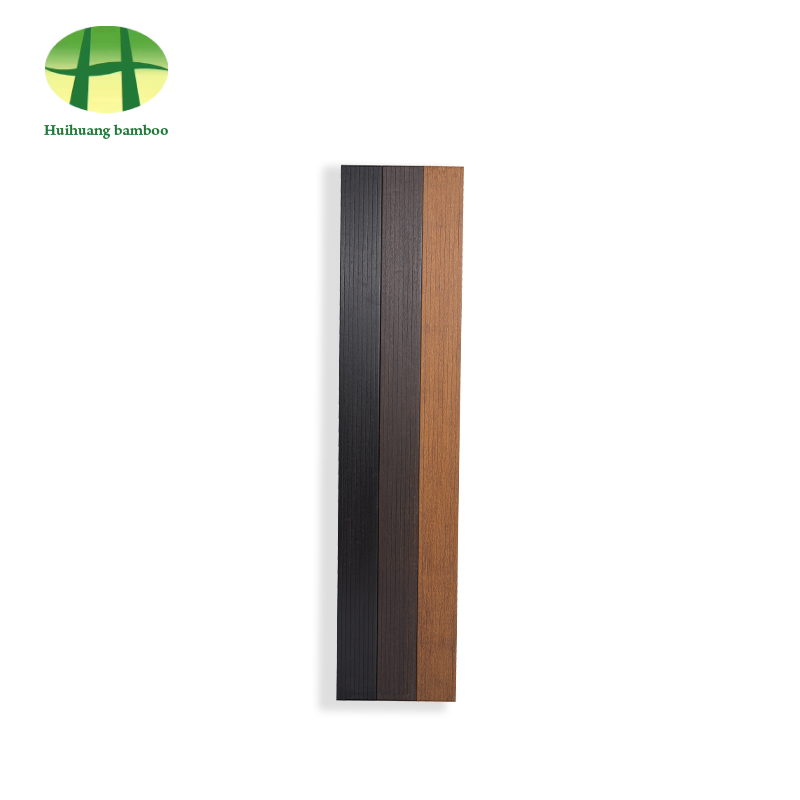
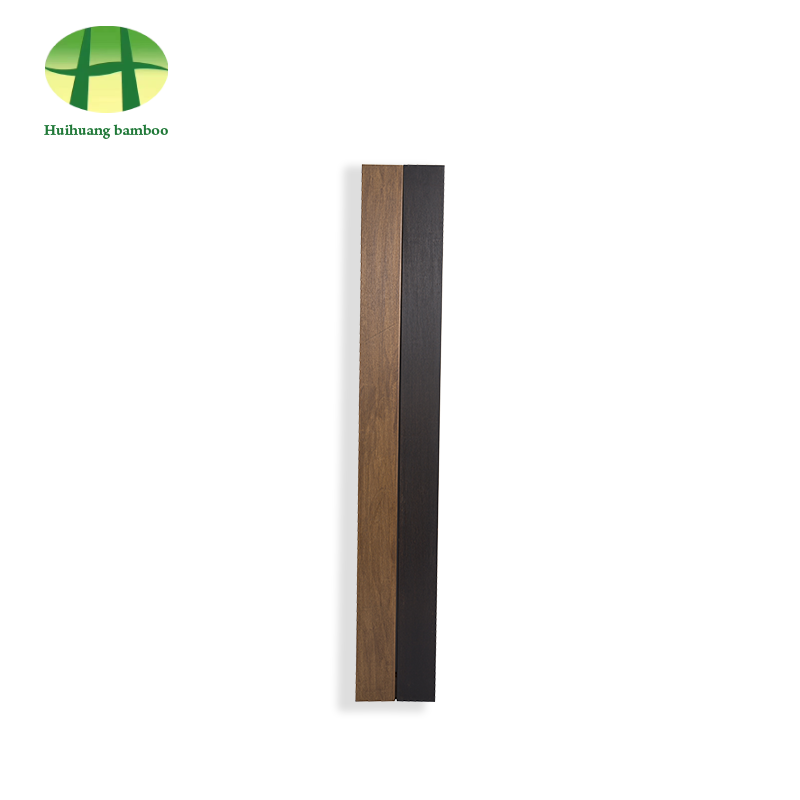
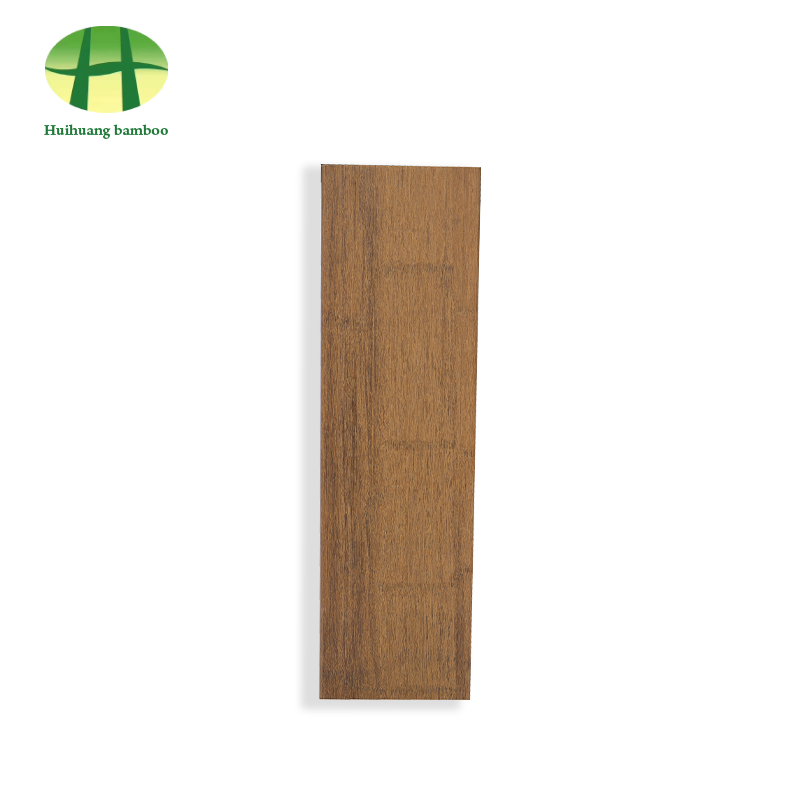

 +86-572-5215066 5216895
+86-572-5215066 5216895 office@hh-bamboo.com
office@hh-bamboo.com East Side of Huanggang RD,Ningdun County, Ningguo ,Xuancheng City,Anhui Province,China.
East Side of Huanggang RD,Ningdun County, Ningguo ,Xuancheng City,Anhui Province,China.